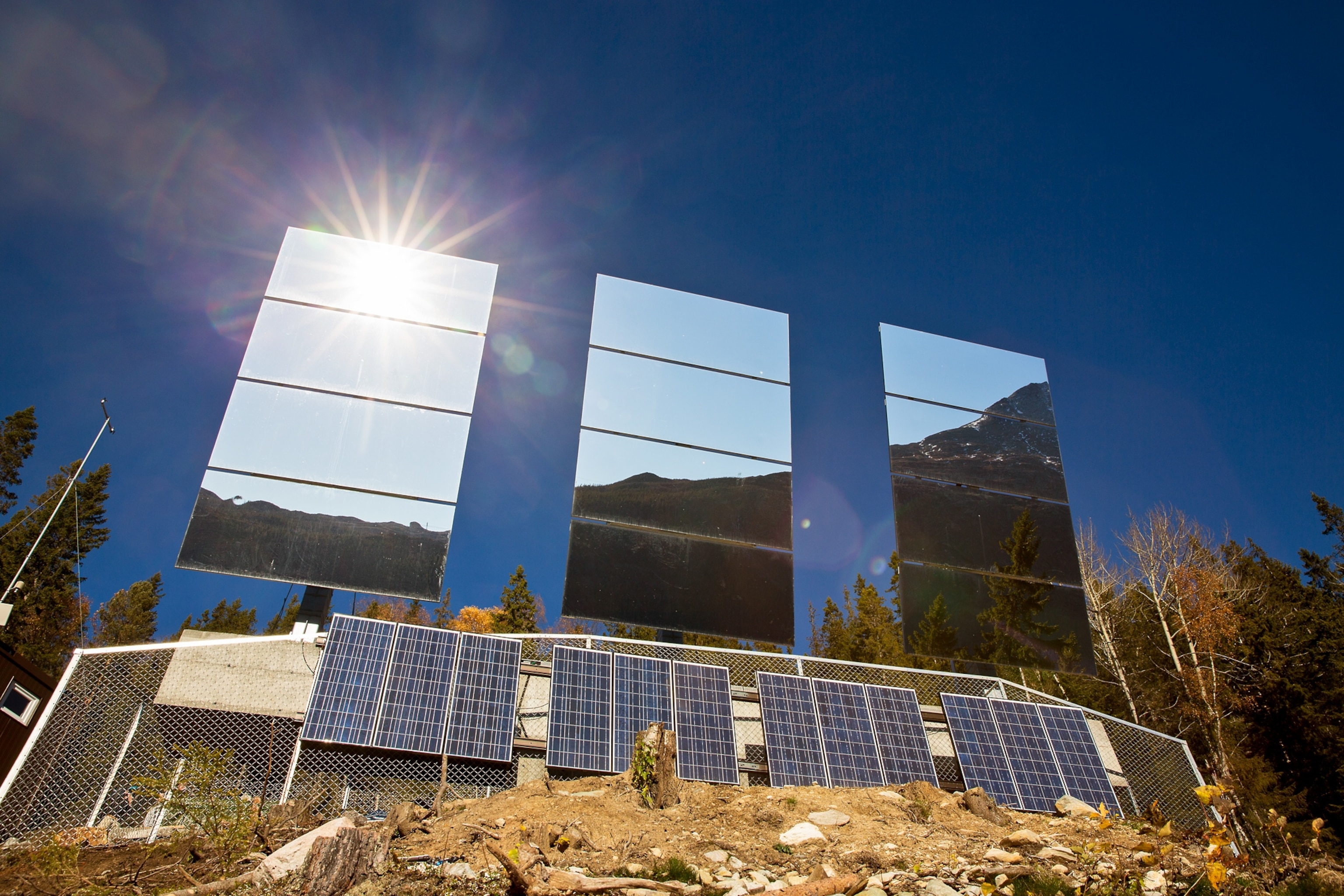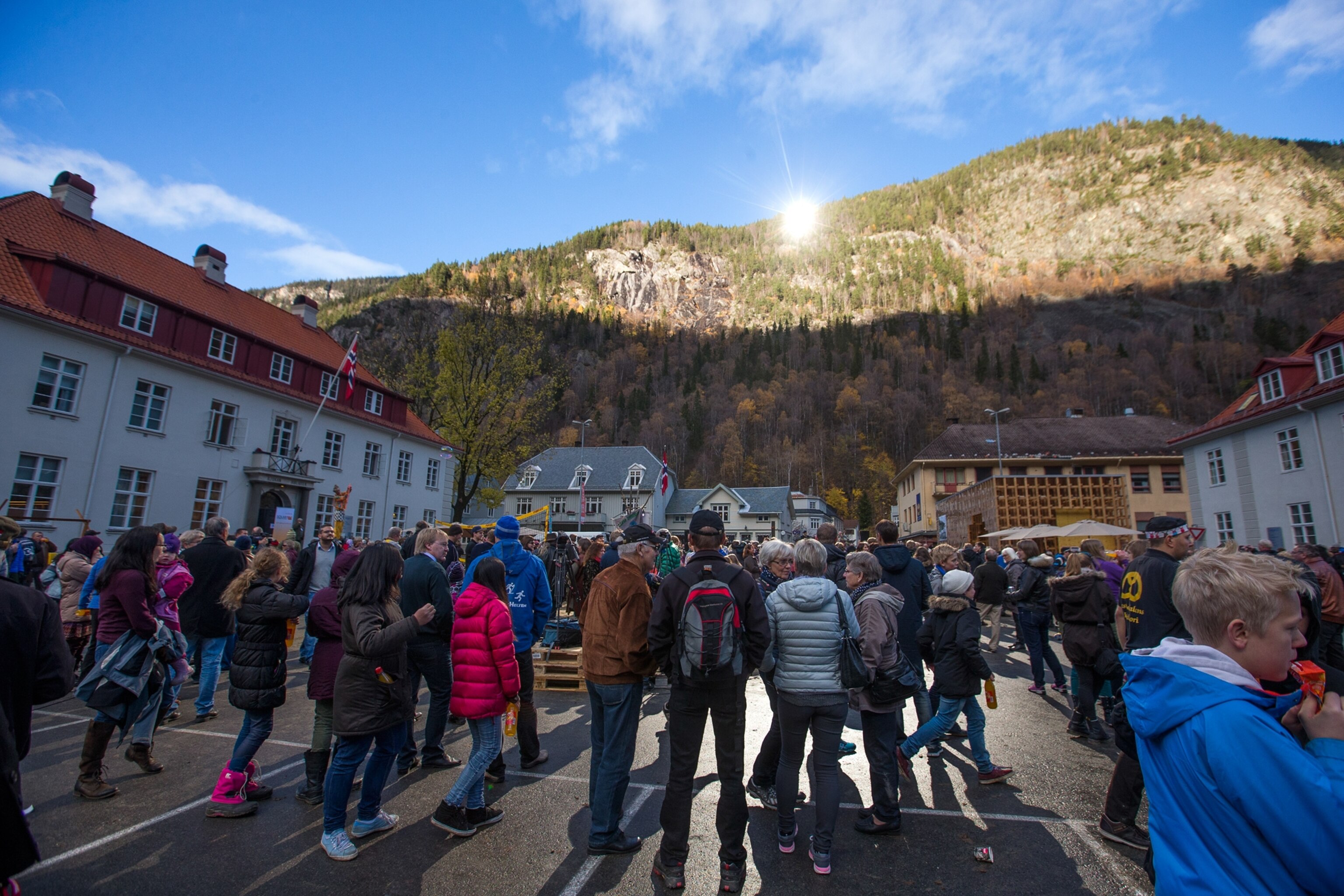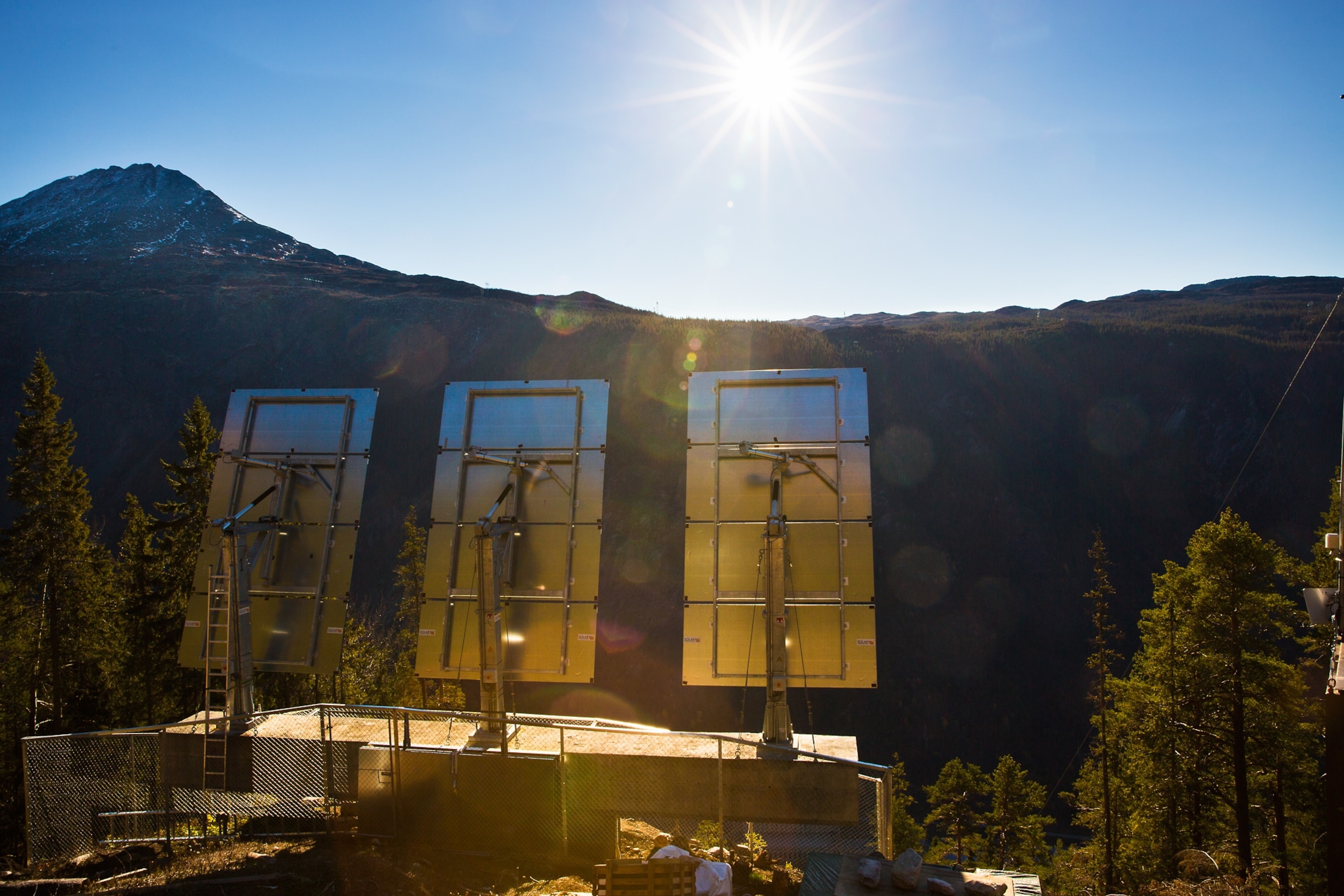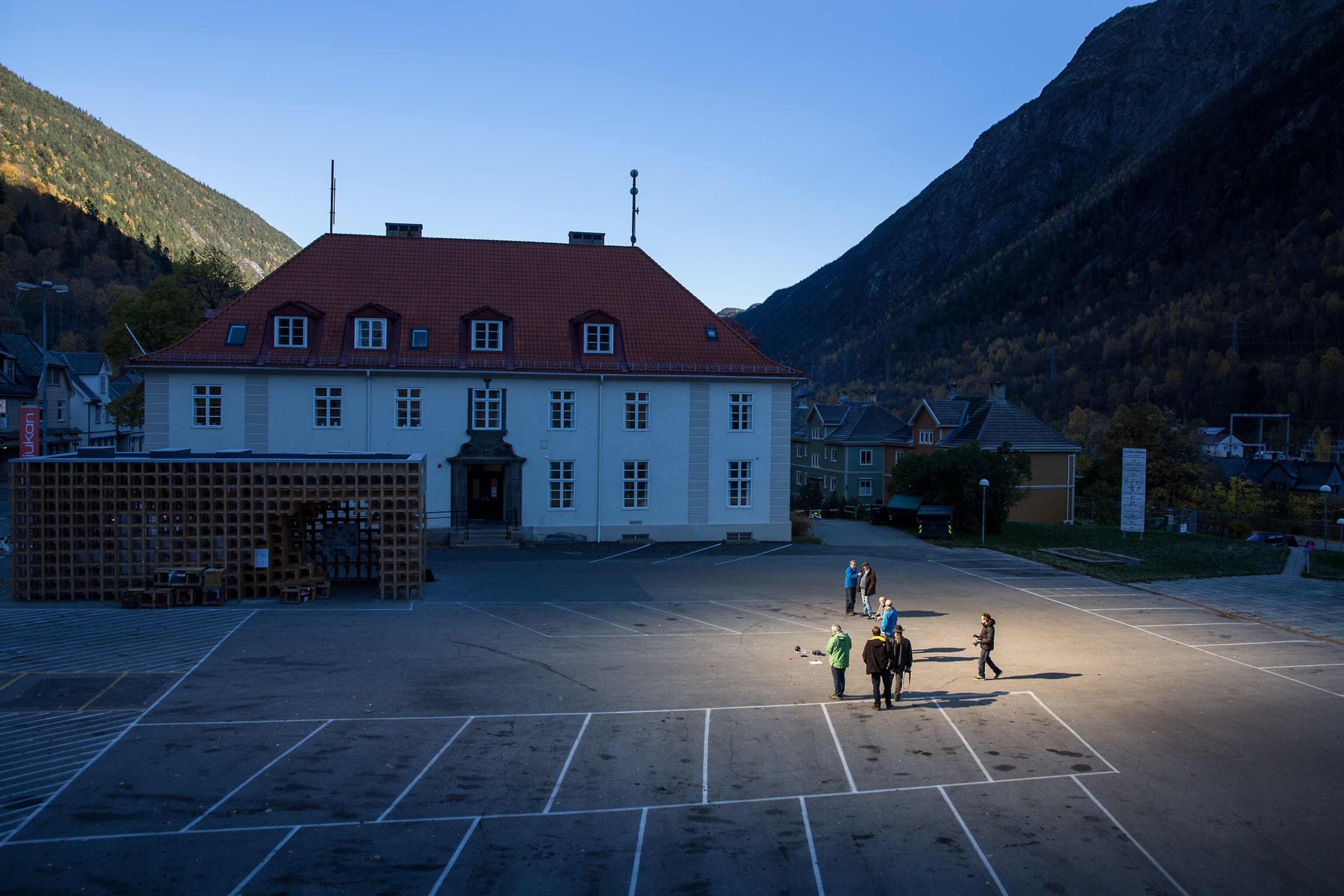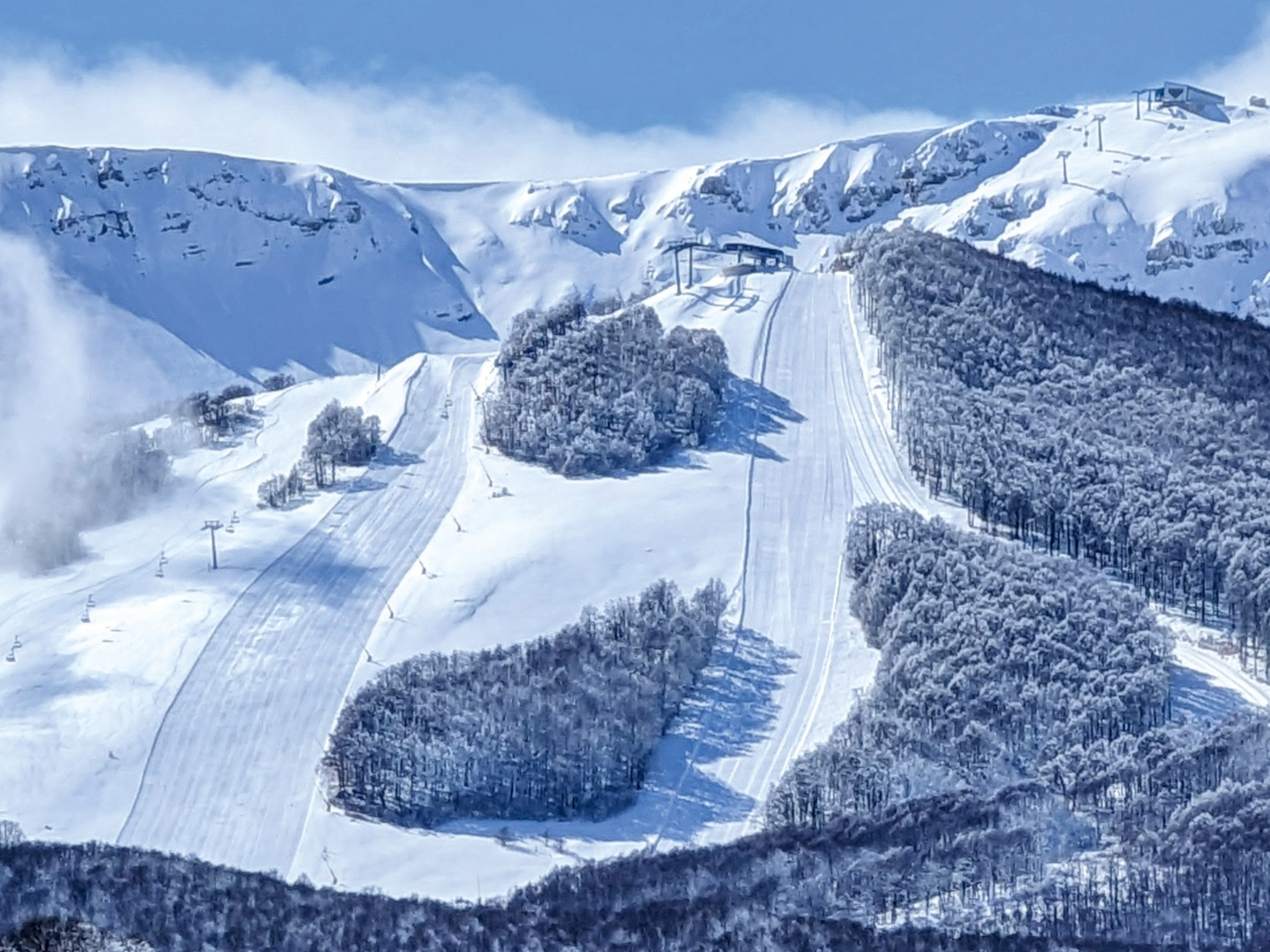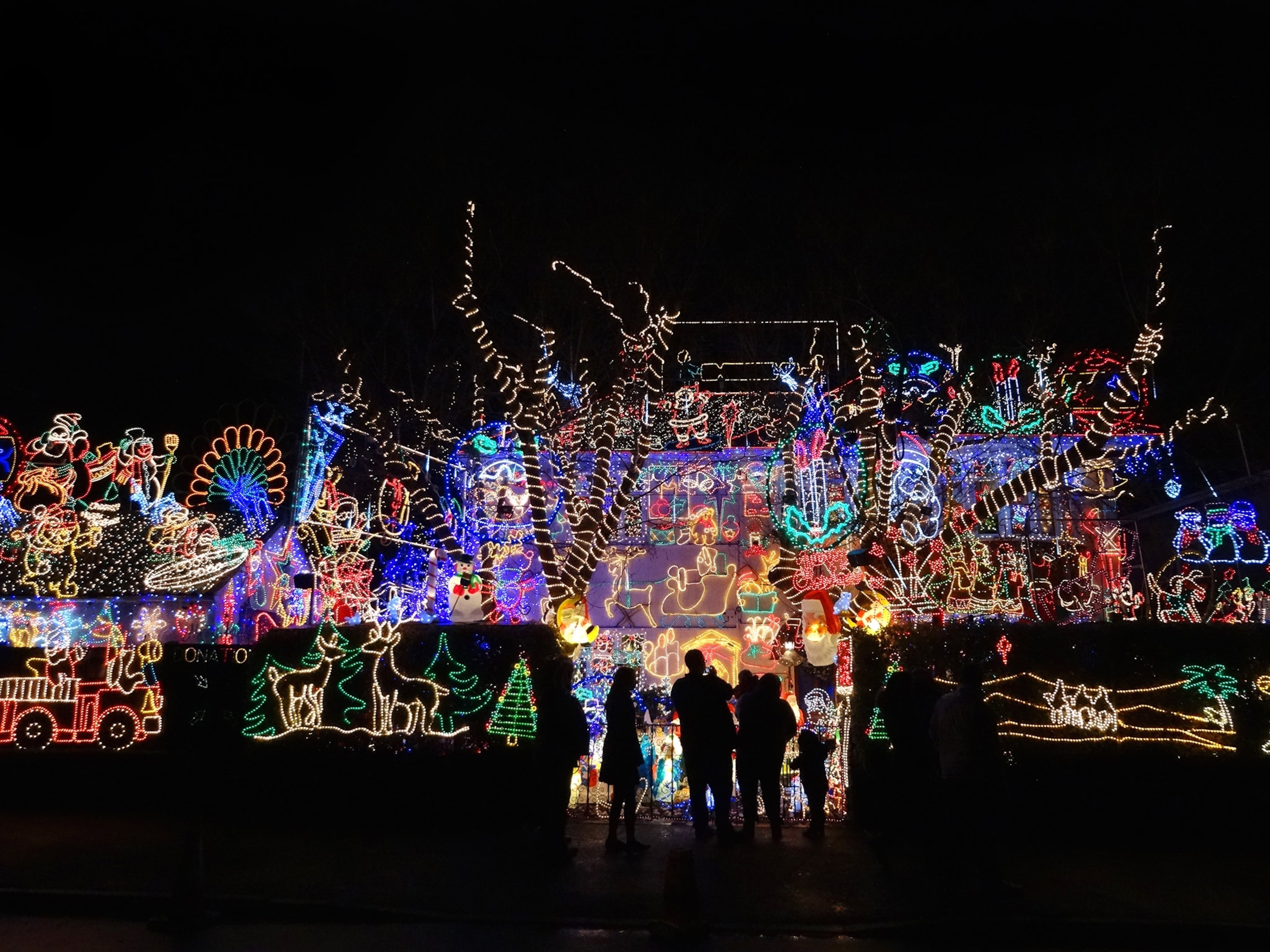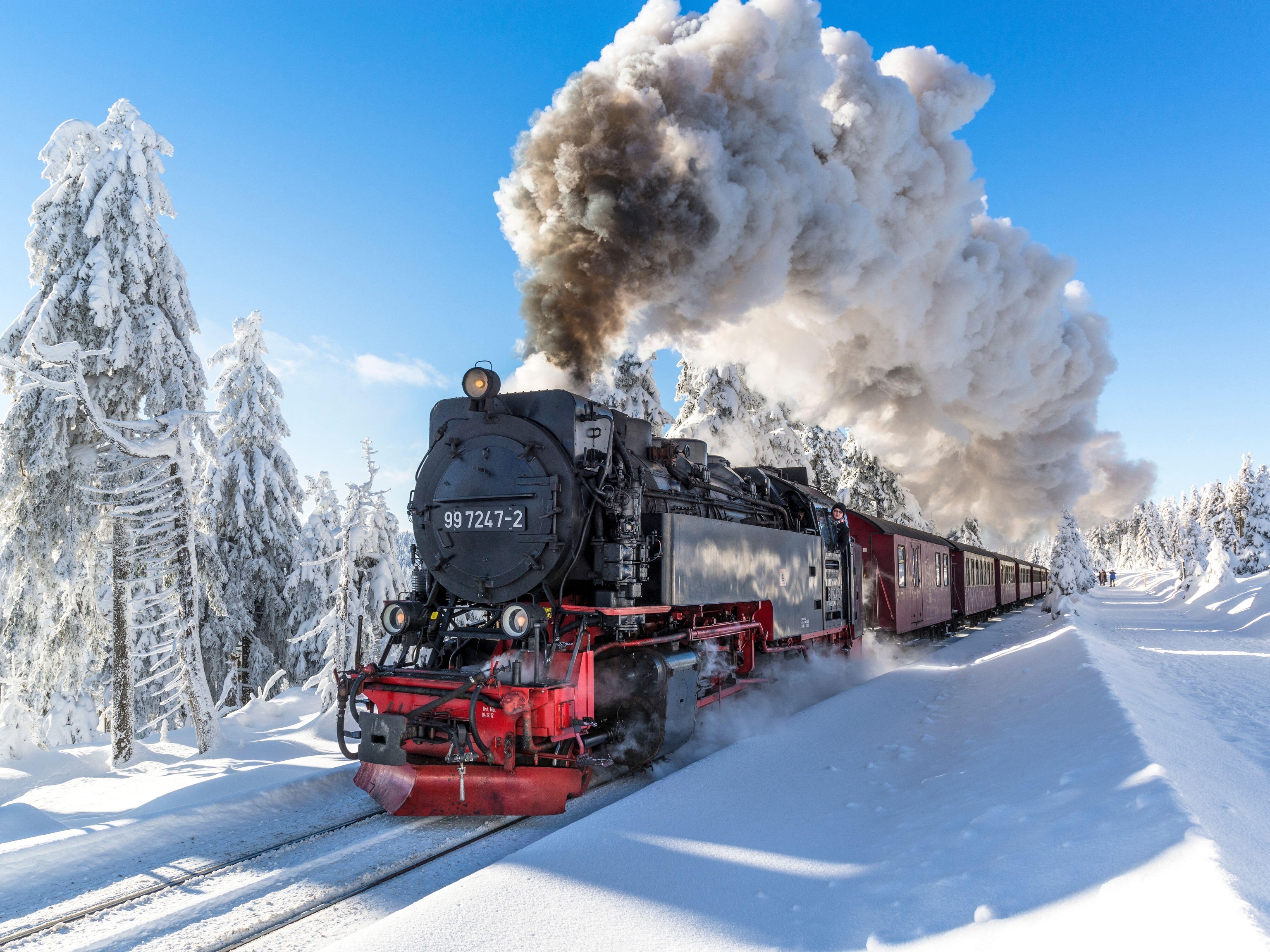 How far will some people go to feel the sun on their faces? For one Norwegian town, the answer is $847,000 and a big engineering project.
How far will some people go to feel the sun on their faces? For one Norwegian town, the answer is $847,000 and a big engineering project.
In Rjukan (population 3,400), the money was spent on three large mirrors, called "heliostats." The mirrors, which were installed on a mountain above the town, are angled to follow the sun and reflect light down to street level.
Located roughly 100 miles (160 kilometers) west of Oslo, Rjukan is tucked in a valley at the foot of Gaustatoppen Mountain. The surrounding mountains shield the town from direct sunlight for five to six months of the year, making for a long, cold winter for residents.
One hundred years ago, locals had suggested putting mirrors on the mountains to beam sunlight down, but that idea didn't come to fruition until 2005, when local resident Martin Andersen, an artist, launched "The Mirror Project."
The mirrors will be officially dedicated on October 31, 2013. Weather permitting, of course.
—Brian Clark Howard
(See "Bringing Sun to a Norwegian City in the Shadows.")
